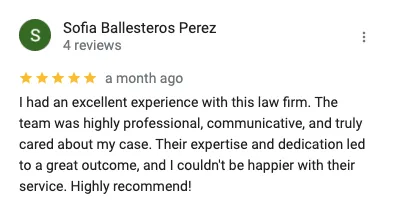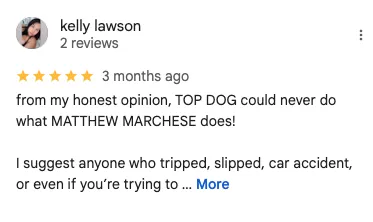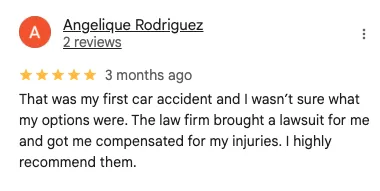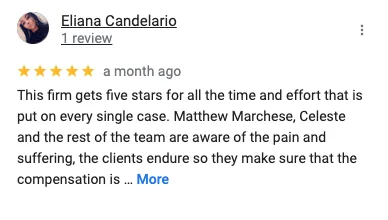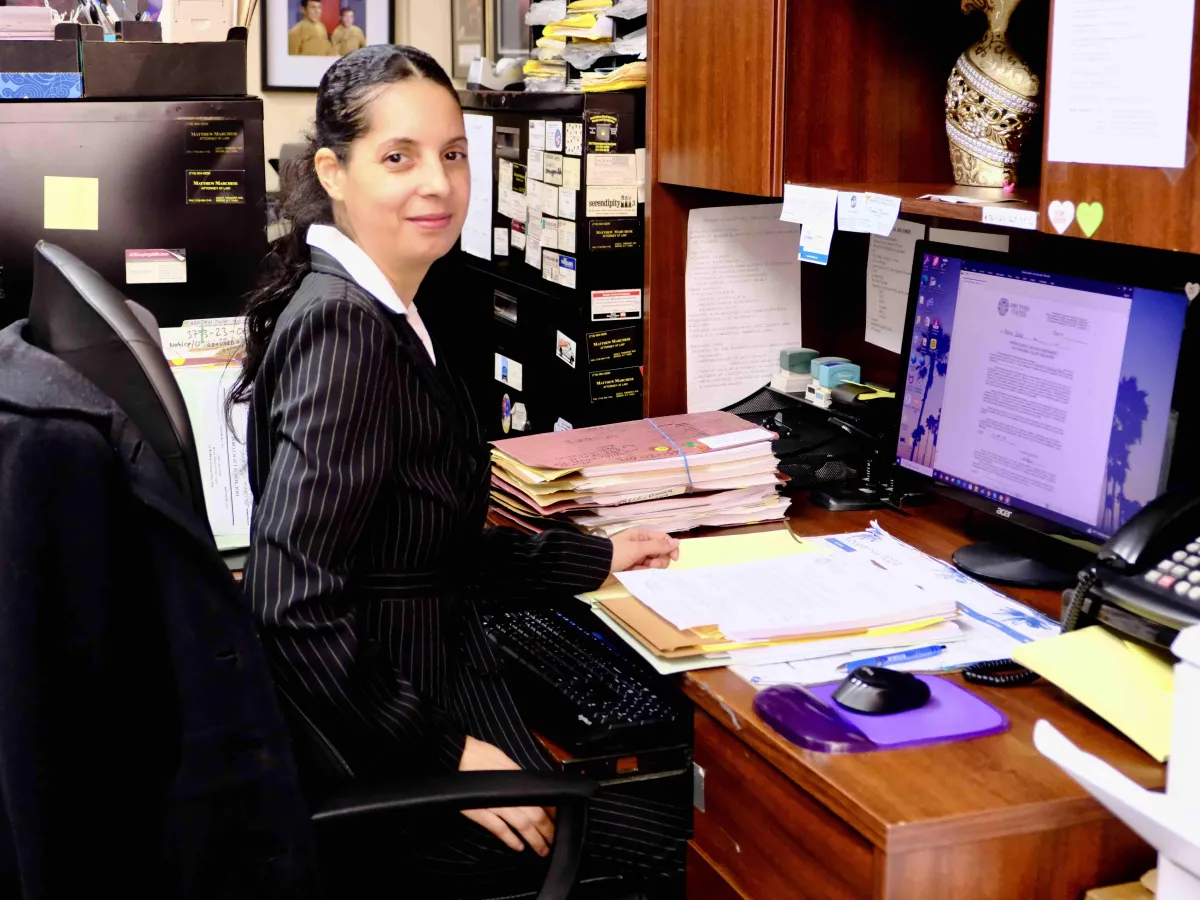❓ "Who actually responds when there’s a crash on the Cross Bronx or Deegan?"
Professional Answer:
It depends. In the Bronx, highways fall under different jurisdictions:
NYPD Highway Patrol covers most of the city-maintained highways
New York State Police may respond to I-95 or parts of the Thruway
MTA Police might show up if it involves a bridge or tunnel
EMS or FDNY may arrive first if injuries are reported
Always try to take a picture of the police vehicle or ask the officer’s name and agency — because getting a copy of the crash report depends on knowing who wrote it.
Real Bronx Example:
A man hit near the Major Deegan at 149th St had no idea which agency responded. His lawyer had to chase down three different departments. But a photo he took of the officer’s shoulder patch proved it was NYPD Highway — and unlocked the full report.
❓ "Is there any video of my crash?"
Professional Answer:
There might be — but you have to act fast. Video sources include:
Traffic cameras on ramps or exits (operated by DOT or NYPD)
MTA bridge/tunnel surveillance
Storefront or parking lot cameras near ramps
Bus cameras (MTA buses often have front/side footage)
Dashcams from your own or other vehicles
Most agencies delete footage within 7–30 days unless formally requested. Your lawyer must send letters or subpoenas fast.
Real Bronx Example:
A woman struck merging onto the Bruckner Expressway from White Plains Rd thought there was no video. But an MTA bus happened to be behind her. Her attorney subpoenaed the MTA and recovered footage showing the other driver veering across two lanes.
❓ "The truck that hit me left the scene — what can I do?"
Professional Answer:
If the truck didn’t stop and you didn’t get a plate, you can still:
File a hit-and-run claim with your own insurance (under SUM or UM coverage)
Use video, witness photos, or damage pattern to try and ID the vehicle
Check traffic cams or red light cameras for matching timestamps
Search for company logos or markings caught in dashcam or witness photos
The sooner you notify your insurer and start investigating, the better.
Real Bronx Example:
A food delivery driver was hit by a box truck near the Sheridan ramp. The truck kept going. But a passerby filmed part of the crash and caught the truck’s company logo and number. The lawyer tracked the company and made them pay.
❓ "I live in New Jersey — but the crash happened in the Bronx. Can I still sue?"
Professional Answer:
Yes — if the crash occurred in NYC, the case is handled under New York law, even if you live out of state. That means:
NY's No-Fault insurance rules apply
Medical care can be in NJ, but the claim process follows NY timelines
Your lawsuit, if any, will be filed in Bronx Supreme Court
Real Bronx Example:
A Connecticut driver commuting into the Bronx was hit on the I-95 split near Pelham Parkway. Her treatment was in Stamford, but her case was handled by a Bronx attorney who secured No-Fault benefits and later filed a Bronx lawsuit.

